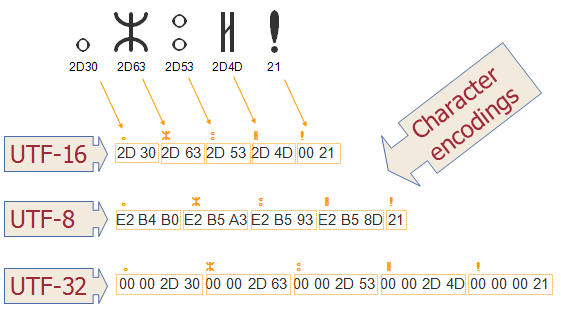UTF-16

Understanding UTF-16 in IPTV: A Comprehensive Guide
Introduction: Unveiling the World of UTF-16 in IPTV
Within Internet Protocol Television (IPTV), numerous technologies ensure optimal viewing experiences globally. Among these, UTF-16 (Multilingual Content) stands out as a critical character encoding standard. It facilitates the seamless transmission and display of text-based content across IPTV platforms. Moreover, UTF-16 enables the accurate rendering of multilingual text, enhancing user accessibility and satisfaction. In this comprehensive guide, we will delve into the intricacies of Unicode Transformation Format 16-bit and its significance in the IPTV ecosystem.
What is UTF-16?
UTF-16, short for Unicode Transformation Format 16-bit, is a character encoding standard that represents each character in the Unicode character set with a unique 16-bit code unit. Unlike UTF-8, which uses variable-length code units, UTF-16 employs fixed-length 16-bit units to encode characters. This encoding scheme allows UTF-16 to accommodate a vast range of characters, including those beyond the Basic Multilingual Plane (BMP), such as emojis and ideographic characters.

How Does UTF-16 Work in IPTV?
In the IPTV context, UTF-16 is vital for encoding text-based content such as EPGs, channel names, and subtitles. This encoding guarantees accurate representation of text, regardless of language or script. Moreover, Multilingual Content facilitates the support of multilingual content, meeting the needs of diverse audiences worldwide. Furthermore, UTF-16 encoding ensures seamless transmission of text data, enhancing the overall viewing experience.
Benefits of UTF-16 in IPTV
The utilization of UTF-16 encoding offers several benefits for IPTV service providers and users alike:
- Support for Multilingual Content: This Character Encoding enables IPTV platforms to display text content in multiple languages, allowing users to access programming in their preferred language.
- Compatibility Across Devices: By adhering to this encoding standard, IPTV services ensure compatibility across a wide range of devices, including smart TVs, set-top boxes, mobile devices, and streaming media players.
- Accurate Representation of Characters: UTF-16’s fixed-length encoding scheme ensures that each character is represented accurately, minimizing errors and inconsistencies in text rendering.
- Efficient Data Transmission: Although employing 16-bit units, this encoding efficiently transmits text data, optimizing bandwidth usage for seamless content delivery.
Challenges and Considerations
While UTF-16 offers significant advantages for IPTV applications, it also presents certain challenges and considerations:
- Increased Storage Requirements: Due to its use of 16-bit code units, UTF-16 may require more storage space compared to UTF-8, especially when dealing with large volumes of text-based content.
- Potential Compatibility Issues: Some legacy devices or software may have limited support for 16-bit Text Encoding encoding, which could lead to compatibility issues when rendering text content in IPTV applications.
- Complexity of Implementation: Implementing UTF-16 support in IPTV platforms requires careful consideration of encoding and decoding processes, as well as handling surrogate pairs and byte order marks (BOMs).
Conclusion:
In conclusion, UTF-16 is integral to text encoding in IPTV, ensuring smooth transmission of multilingual content. With 16-bit Text Encoding, IPTV services provide immersive experiences worldwide. Moreover, as the need for diverse content increases, UTF-16 continues shaping IPTV’s future. Its role extends beyond encoding, influencing the accessibility and inclusivity of IPTV services.



0 Comments